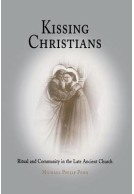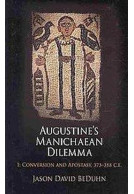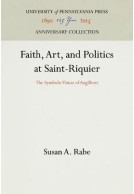Landscapes of the Islamic World: Archaeology, History and Ethnography (Hardback)
Imprint: Pennsylvania University Press
Pages: 280
Illustrations: b/w illus
ISBN: 9780812247640
Published: 31st August 2016
Script Academic & Professional
Pages: 280
Illustrations: b/w illus
ISBN: 9780812247640
Published: 31st August 2016
Script Academic & Professional
You'll be £12.00 closer to your next £10.00 credit when you purchase Landscapes of the Islamic World: Archaeology, History and Ethnography. What's this?
+£4.99 UK Delivery or free UK delivery if order is over £40
(click here for international delivery rates)
Order within the next 3 hours, 29 minutes to get your order processed the next working day!
Need a currency converter? Check XE.com for live rates
(click here for international delivery rates)
Order within the next 3 hours, 29 minutes to get your order processed the next working day!
Need a currency converter? Check XE.com for live rates
Islamic societies of the past have often been characterised as urban, with rural and other extra-urban landscapes cast in a lesser or supporting role in the studies of Islamic history and archaeology. Yet throughout history, the countryside was frequently an engine of economic activity, the setting for agricultural and technological innovation, and its inhabitants were frequently agents of social and political change. The Islamic city is increasingly viewed in the context of long and complex processes of urban development. Archaeological evidence calls for an equally nuanced reading of shifting cultural and religious practices in rural areas after the middle of the seventh century.
Landscapes of the Islamic World presents new work by twelve authors on the archaeology, history, and ethnography of the Islamic world in the Middle East, the Arabian Peninsula, and Central Asia. The focus looks beyond the city to engage with the predominantly rural and pastoral character of premodern Islamic society. Editors Stephen McPhillips and Paul D. Wordsworth group the essays into four thematic sections: harnessing and living with water; agriculture, pastoralism, and rural subsistence; commerce, production, and the rural economy; and movement and memory in the rural landscape. Each contribution addresses aspects of extra-urban life in challenging new ways, blending archaeological material culture, textual sources, and ethnography to construct holistic studies of landscapes.
Modern agrarian practices and population growth have accelerated the widespread destruction of vast tracts of ancient, medieval, and early modern landscapes, highlighting the urgency of scholarship in this field. This book makes an original and important contribution to a growing subject area, and represents a step towards a more inclusive understanding of the historical landscapes of Islam.
Other titles in Pennsylvania University Press...















